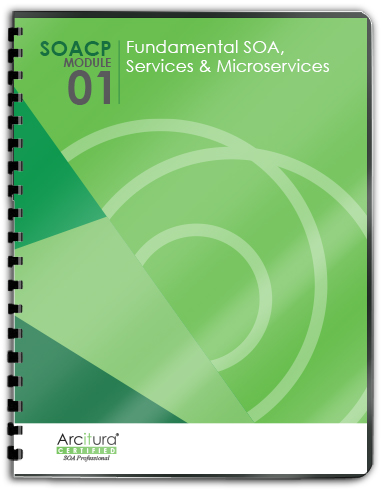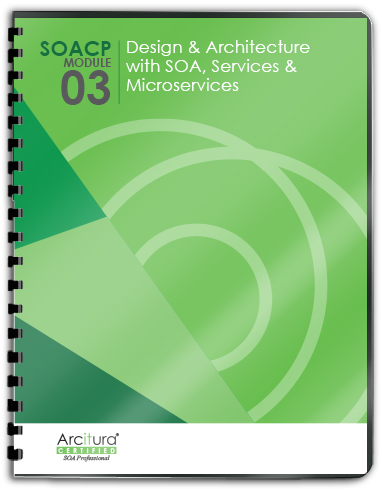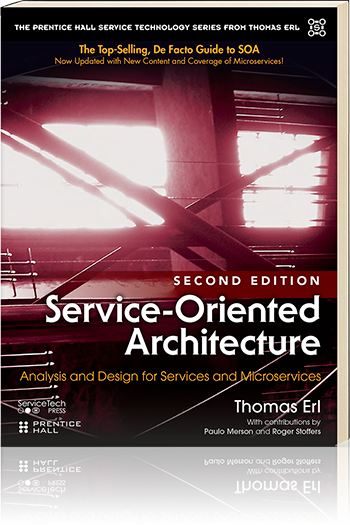SOA Patterns > Basics > What is SOA > Elements of Service-Oriented Computing > Services and Service-Orientation
Services and Service-Orientation
Service-orientation is a design paradigm comprised of a specific set of design principles. The application of these principles to the design of solution logic results in service-oriented solution logic. The most fundamental unit of service-oriented solution logic is the service.
Services exist as physically independent software programs with specific design characteristics that support the attainment of the strategic goals associated with service-oriented computing. The following figure introduces the symbols used by this site and the book series to represent a service from an endpoint perspective.
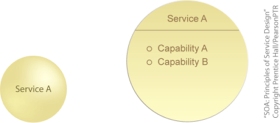
Figure 1 – The yellow sphere symbol (left) is used to represent a whole service and the chorded circle symbol (right) is used to express a service and its capabilities.
Each service is assigned its own distinct functional context and is comprised of a set of capabilities related to this context. Those capabilities suitable for invocation by external consumer programs are commonly expressed via a published service contract (much like a traditional API).
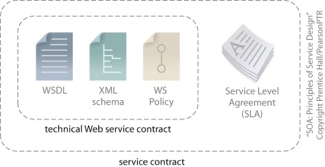
Figure 2 – The individual description documents that can comprise a service contract for a Web service.
For a more comprehensive exploration of services and service-orientation, visit Service-Orientation Principles.
